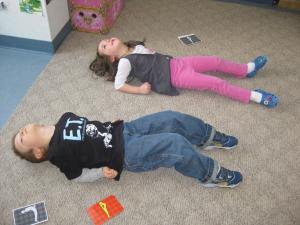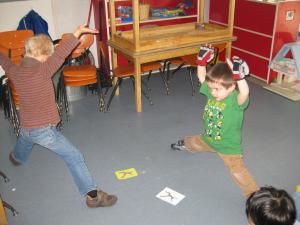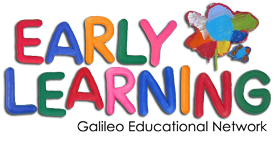
When teachers at a preschool in Banff started asking their students what they want their classroom to look like, the responses, as expected, varied greatly. But a yoga studio stood out amongst the suggestions, and the children were eager to get started.
Cards showing different yoga poses were placed in the center, as were plenty of mats, and of course, soothing music. The teachers decided not to put a limit on the number of children who could play in the new yoga center. Rather, they decided to sit back and observe how the children designed and played within an environment of their own creation.
What did the students learn?
In no time, everyone wanted to play in the new yoga studio. They quickly organized themselves – one child started to read out the yoga poses and lead the others in some exercises. Everyone was doing what he or she wanted to do in this space. With no limit placed on the number of kids who could play, the yoga studio turned out to be a great opportunity to learn self-regulation skills.

What did the teachers learn?
Placing arbitrary rules, such as those limiting the number of children to a center, does not necessarily foster effective learning. These teachers came to question the classroom rules they had in place – whether they helped children create a strong character for learning or whether the rules were strictly arbitrary and / or used for control mechanisms. In this case, a classroom rule was turned into a learning opportunity for both students and teachers.


